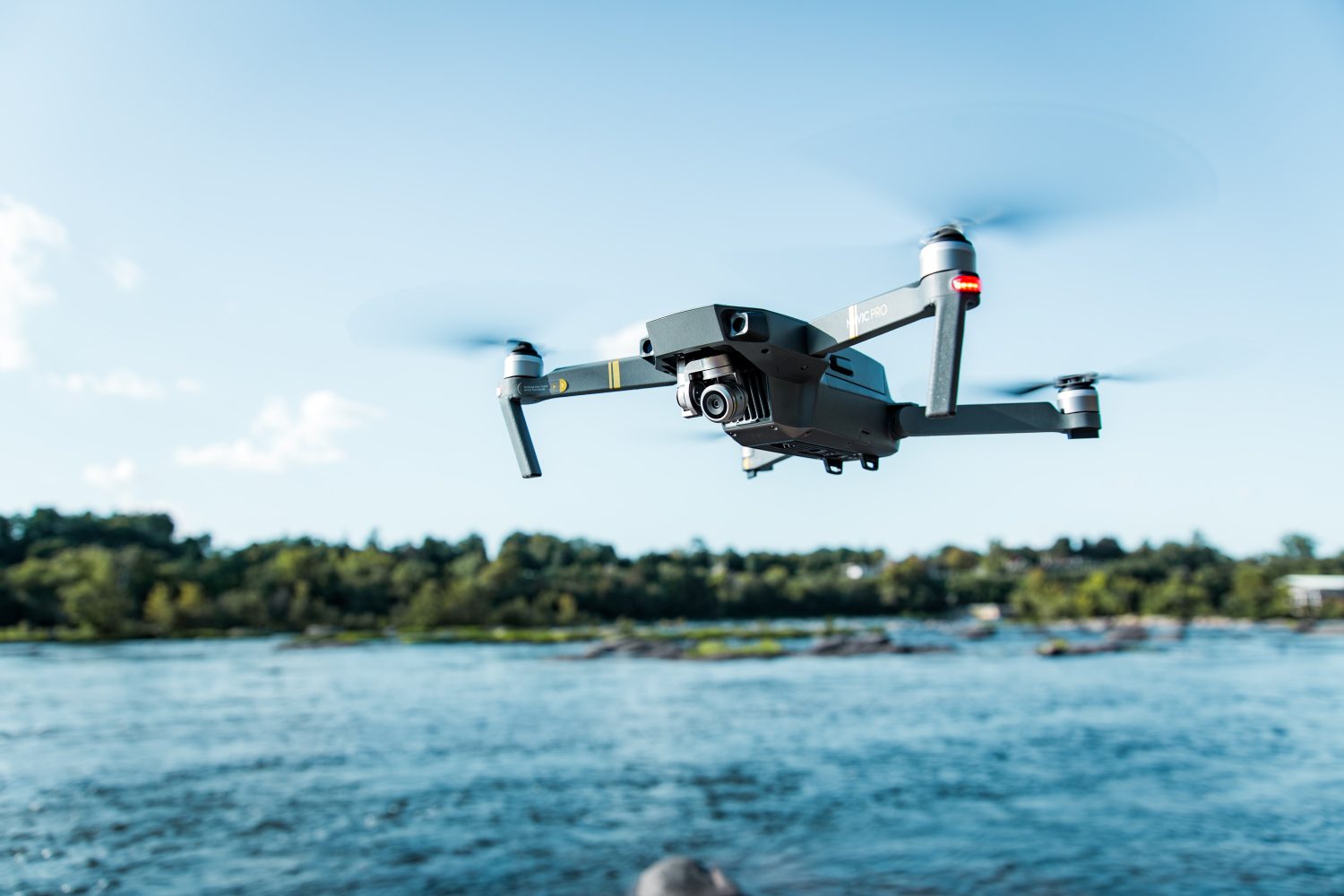
As has repeatedly been the case in its nearly year and a half defense against Russia’s invasion, Ukraine has filled gaps – and created new opportunities for itself – within the array of commercial drones it has deployed by producing inexpensive yet highly effective UAVs, most recently with the remarkably potent Wild Hornets now being flown.
Though the craft have been in operation for some time, wider awareness of Ukraine’s fleet of Wild Hornets has only begun to grow in recent days as word of the multi-purpose drone slowly spread. That buzz was largely generated by an article published over the weekend by the Kyiv Post, whose headline described the domestically conceived and produced UAV as “Ukraine’s Tiny Armor-Busting, Trench-Clearing Secret Weapon.”
Though Wild Hornets aren’t the first specialized drones Ukraine has created and somehow managed to manufacture amid crippling wartime conditions, they are being hailed as a remarkably effective craft against Russian invaders. Their donation-fueled, in-country production, meanwhile, supports the government’s objective of keeping its battered economy alive through as much self-sustaining activity as possible – including creation of military assets for its defense.
Read: Start-up One Way Aerospace exits stealth with details on its FPV drone production for Ukraine
According to the very informative Kyiv Post report, Wild Hornets first-person view (FPV) drones cost about $400 to make, and can carry munitions of up to two kilograms. That, the story notes, provides four times the payload capacity of DJI’s Mavic 3 – which it calls the most frequently deployed commercial UAV in the conflict – for between one-seventh to one-tenth the procurement price.
With each mortar round released costing up to $2,000, their demonstrated effectiveness in dropping explosives on military targets more accurately than remote systems can fire them generates additional operational savings. They also provide high in-kind return on investment when an Angry Hornet costing $400 scoots takes out a Russian tank worth a couple million.
“At a distance of five kilometers, it’s very hard for a mortar to hit a narrow trench line to target enemy personnel,” a Ukraine military unit commander identified as Mykhailo told the Kyiv Post in story. “With an FPV drone, we can guide the munition precisely to the target almost until the final second. It’s many times cheaper and more effective than a mortar. The comparison isn’t even close. I won’t even compare it to heavy artillery… If we use the Wild Hornet to drop a munition, we can use it 10 or 15 times. This means the cost of a strike goes down even more by several times, and that’s why it’s a very good weapon.”
Other advantages Wild Hornets offer are particularly rapid speed (150 km/hr) and maneuvering capacities that make them hard to accurately target, increasing the lifetime of craft not used for kamikaze missions. That velocity and agility have also been vital in the UAVs returning unscathed from reconnaissance and intelligence missions, and those in support – and ultimately saving the lives – of trapped soldiers.
Read: Rare Ukraine drone video captures FPV strikes on Russian forces
In contrast to commercial drones, meanwhile, the Ukraine-made craft don’t operate using GPS, but rather low frequency radio options that confound Russian efforts to track operators or jam signals. And since the UAVs are built with locally available components, supply chain disruptions or shortages that imported spare parts for retail options often suffer are nearly eliminated.
A driving force behind the creation and production of Wild Hornets is Dmytro Prodanyuk, who has teamed up with Ukraine charity Svoboda Ukrainy (Ukraine Freedom), and more recently online media censor.net to raise funds for the project.
Limited initial donations have already permitted supporters to build and ship 100 to 150 Wild Hornet drones to front lines per month, and that number should rise to 400 with incoming contributions (which can be made at: donate@svoboda-ukrainy.com).
Read: Exclusive: Insiders describe Ukraine operation preparing drone strikes inside Russia
All of that, Mykhailo said, is good news for Ukraine’s continuing counter-offensive, and wider wartime priorities of making every hryvnia spent stretch as far as it possible can.
“It’s a very cost-effective and precise weapon,” Mykhailo told the Kyiv Post. “We have less weaponry and less artillery than the enemy, so we have had to think of something to make up for this that costs a lot less than artillery munitions… The Wild Hornet fills that need.”
Image: Karl Greif/Unsplash
FTC: We use income earning auto affiliate links. More.



Comments